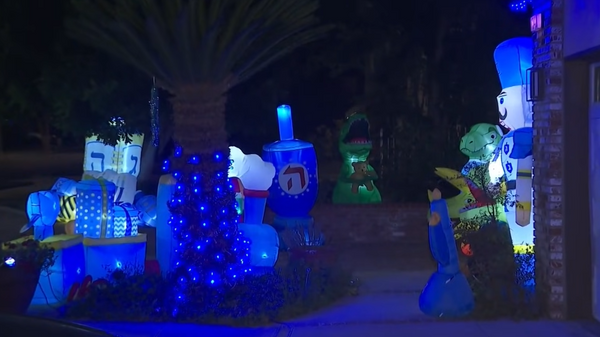
Oil prices crashed again this week, sending the cost of petroleum plunging to four-year lows.
Yet Australian motorists have seen little relief at the petrol pump despite months of depressed crude prices, raising questions over whether lower wholesale costs will be passed on.
Here’s what you need to know.
What happened to crude oil prices?
Oil prices are at the lowest they have been since early 2021.
Globally, brent crude oil prices spiked after Russia’s invasion of Ukraine well above US$100 a barrel, before trending lower. They then crashed through the US$60 barrier on Monday.
The recent falls came after the oil-producing cartel Opec+ decided at the weekend to increase production in May and June by more than expected, according to Commonwealth Bank analyst Vivek Dhar.
“[That] has been tied to punishing OPEC+ members like Iraq and Kazakhstan that have consistently produced more than their allocated quota,” Dhar wrote in an investment note.
As supply expands, demand has also threatened to recede amid a trade war between the world’s two biggest economies sparked by Donald Trump’s new tariff regime.
The US economy shrank for the first time in three years during the first quarter of 2025 and China’s factory activity slowed in April, as analysts predict lower growth around the world.
Will petrol prices fall?
Analysts expect petrol prices will fall. Australia’s wholesale prices, paid by petrol retailers, are already down to as low as 156c per litre for regular unleaded, according to NRMA spokesperson Peter Khoury.
That means bowser prices should come down to temporary lows of near 160c in the major cities, excluding Hobart, Canberra and Darwin.
“We expect to see average prices in the 160s – possibly even lower, depending on if the trend continues – and that’s obviously great news,” Khoury says. “Heading down, but we don’t know how far and how long.”
By comparison, average retail prices in major cities were about 180c per litre at the end of 2024, according to the Australian Competition and Consumer Commission.
Wholesale prices in 2024 were around 170c a litre and had peaked at 200c in the wake of Russia’s invasion of Ukraine in 2022, according to NRMA.
When will petrol prices fall?
The fall will vary across the country, in part because prices rise and fall in a predictable pattern independently of the wholesale price.
In Perth, that pattern or price cycle sees peaks and troughs recur each week. Recent falls in wholesale prices have already pushed Perth prices to lows of 156c per litre and brought its peak price down from about 195c to 190c.
In Adelaide, the cycle takes two or more weeks from peak to peak, which means retail costs should fall towards 160c a litre in May.
Sydney, Melbourne and Brisbane have price cycles lasting a month or longer, the ACCC estimates. Sydney recently hit its cyclical peak and should see lower prices soon, Khoury says.
“We’ll expect it to continue to fall into the low 160s and possibly even into the high 150s depending on what happens over the next two or three weeks, because prices fall about a cent a day.”
Melbourne and Brisbane, though, appear to have already reached their low point for this cycle, so motorists will only see lower bowser prices if the wholesale cost stays low.
Petrol costs tend to be more steady in Australia’s other cities and regions without price cycles, meaning prices may not fall below 170c per litre unless the global oil price continues to fall.
Analysts are predicting oil prices will stay depressed, with CBA’s Dhar on Monday pointing to an average of US$65 per barrel for the rest of the year and by Wednesday suggesting prices had already hit their lowest point.
But global volatility means motorists can’t assume they’ll be spending less at the bowser, Khoury says.
“Things can change very quickly,” Khoury says.







